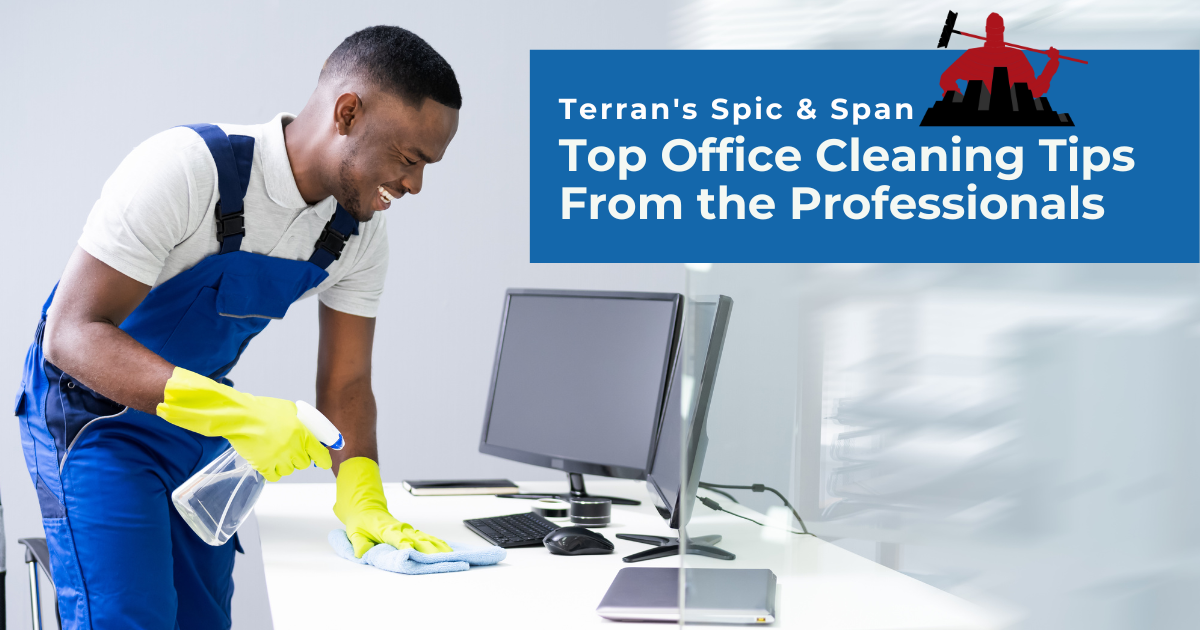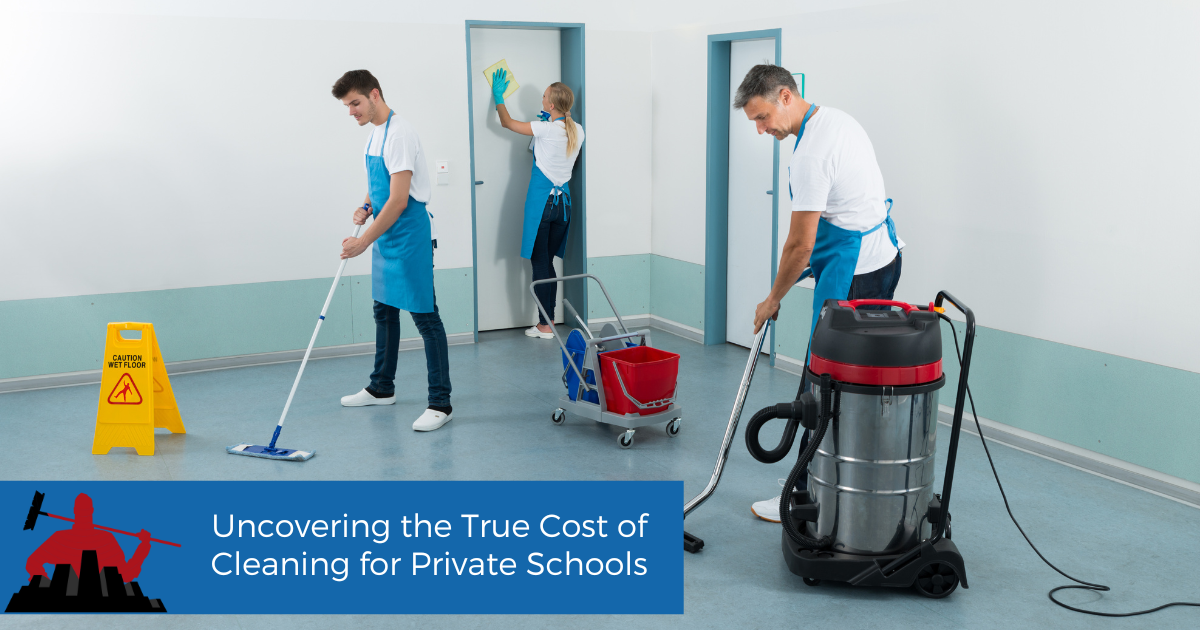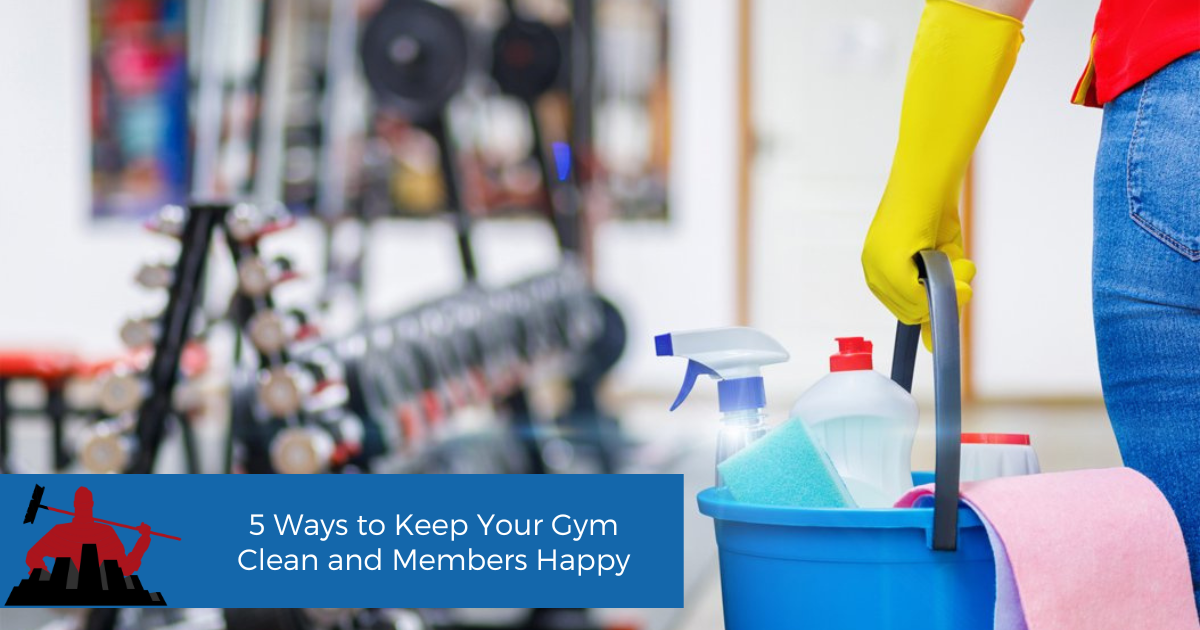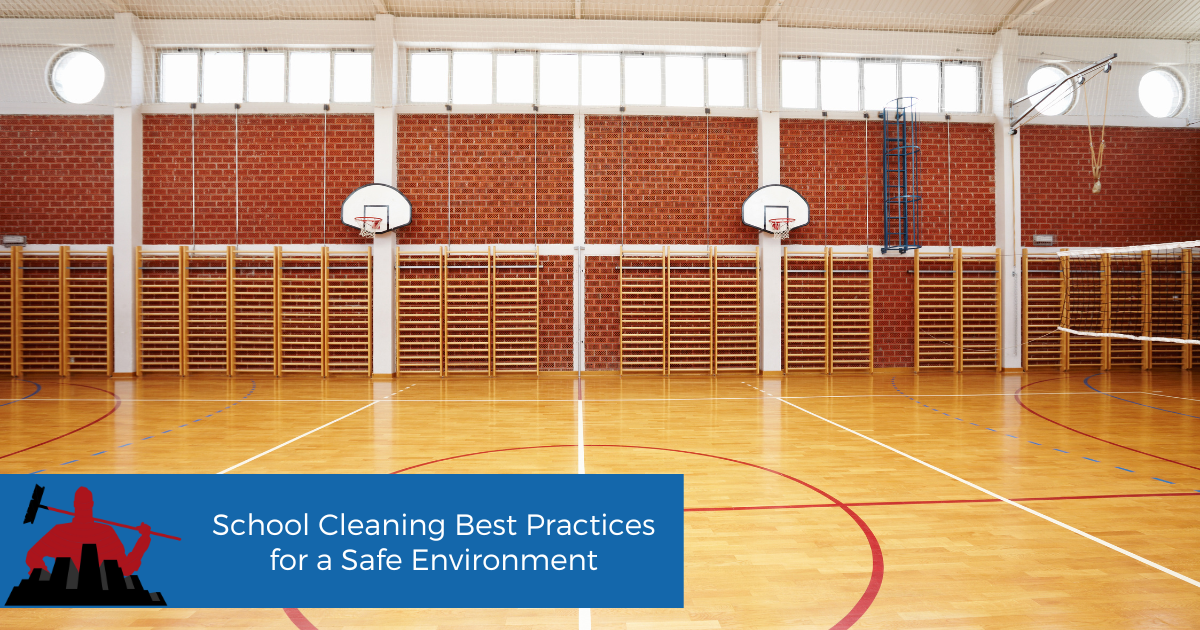A Clean Restaurant Is a Happy Restaurant!
When operating a restaurant, a key responsibility is to remove the dirt and food messes from surfaces and prevent germs, bacteria, and mold from forming. In addition, avoid attracting pests such as mice and roaches by removing food scraps as needed. Here are seven helpful tips from commercial cleaning professionals for those who manage or work in a restaurant.

Share this page:
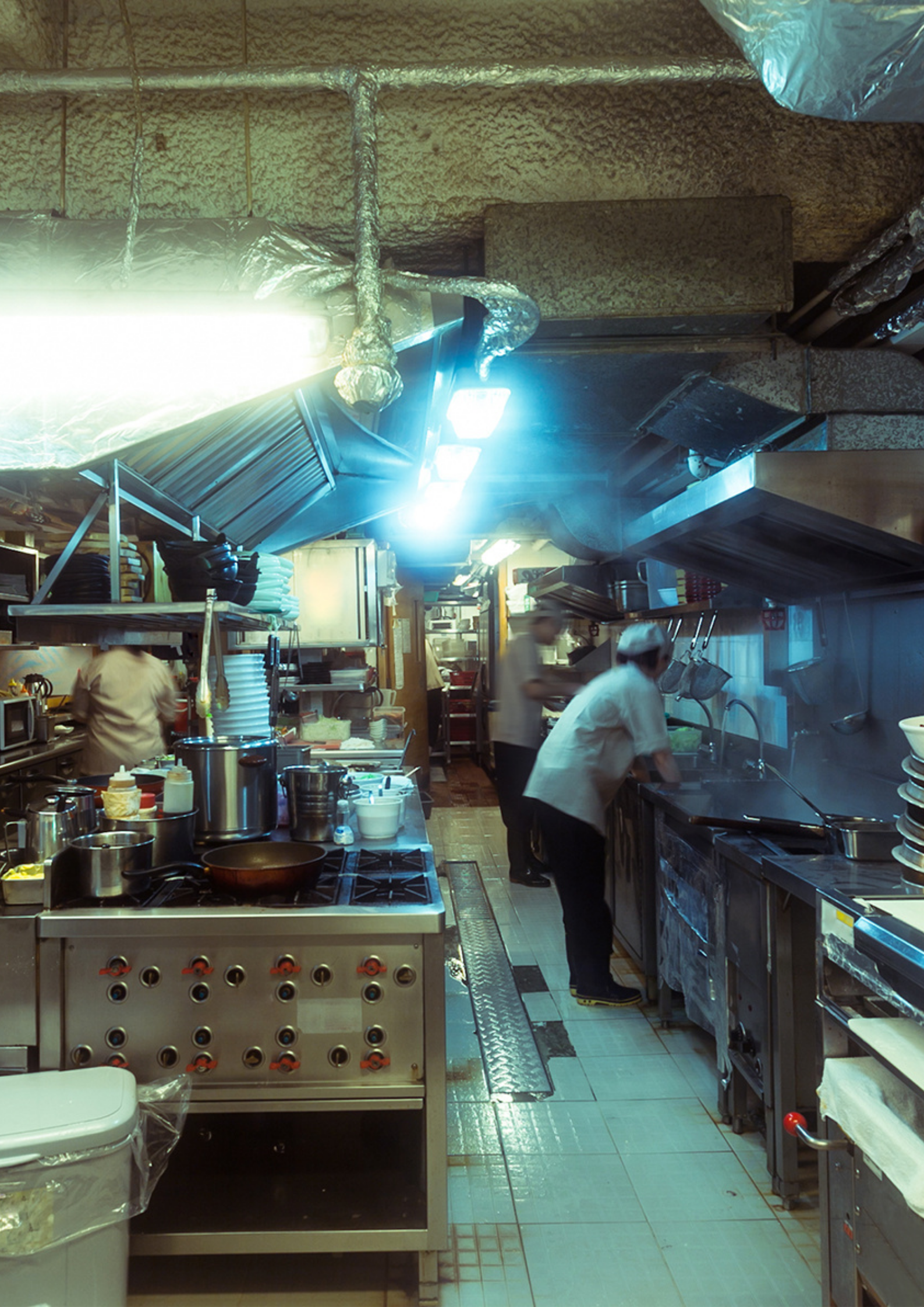
We recommend that restaurants be thoroughly cleaned every day. Aside from wiping down the tables, drink stations, and tray racks throughout the day, wait until after food service to begin the thorough cleaning, as you can get all dirty pots, pans, and food-contaminated services washed off. Cleaning after the service also allows you to work on everything at once without interruptions. The surfaces can dry thoroughly and be ready for the next day's or shift's food service. Also, your staff will not be overly tired or in a rush before meal service begins because they had to do all the cleaning then.
You can create a schedule to outline what to clean every day, weekly, and monthly. You also can create two separate cleaning checklists: one for the front of the house and one for the back of the house.
Why Is It Important for a Restaurant to Be Cleaned?

A restaurant cleaning ensures that bacteria and viruses are not on surfaces that can make guests sick. Also, cleaning up keeps workers safe as it prevents slip & fall accidents. Poor sanitation can lead to pest infestations that can get into stored food and contaminate the entire establishment. Cities across the country have sanitary regulations for restaurants. If a restaurant is not compliant with those regulations, it's liable to face penalties and closure.
Cleaning is also vital for growing a loyal customer following. Customers are likely to return to a restaurant that offers regular cleanings because they know that the food will be safe. Also, guests will leave positive reviews about the restaurant. These positive reviews may bring in new customers.
How Often Should a Walk-in Fridge Be Cleaned?
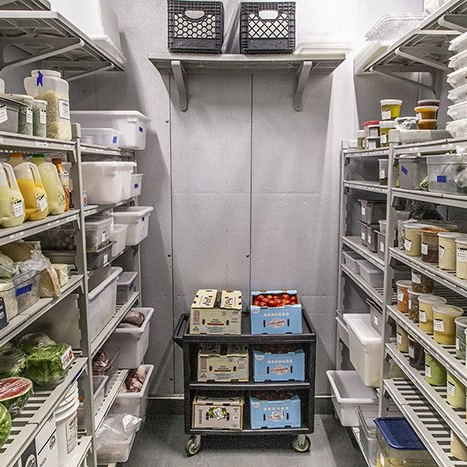
Whether you are hiring a commercial restaurant cleaning service or doing the task yourself, you should clean the walk-in fridge at least once every other week. You may increase the cleaning schedule based on how often the walk-in is used and its size. You can wash down the fridge with regular soap and water. For the evaporator fan coils and blades, you should clean them on a quarterly schedule. If you find yourself cleaning up pooled water from the walk-in fridge, there may be an issue with the unit, as it should be inspected and repaired immediately.
What Is the Dirtiest Thing in a Restaurant?
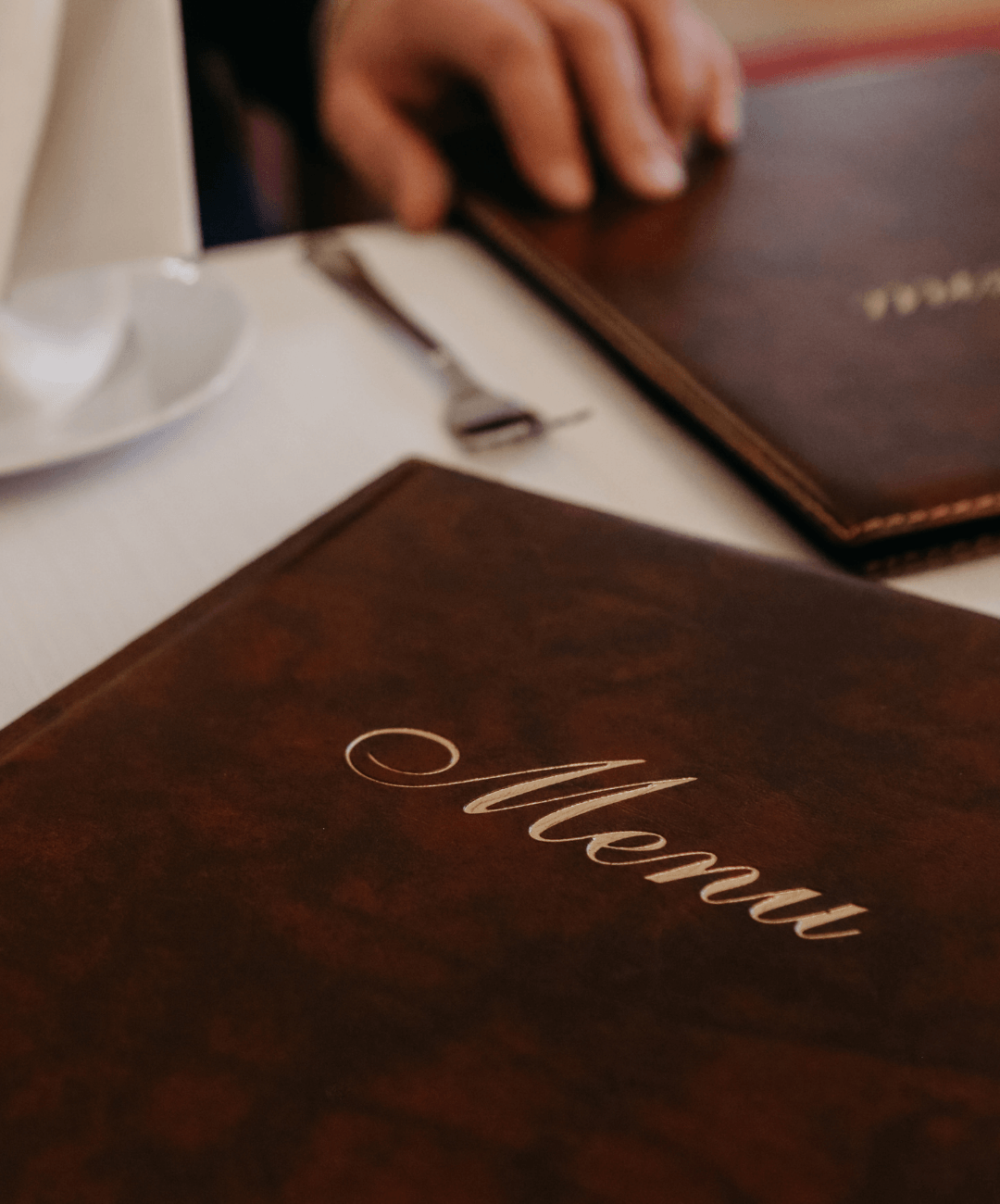
Researchers from the University of Arizona found that the menus in a restaurant contain about 185,000 bacteria. Researchers also found that the pepper shakers are another item that has a high bacteria count of 11,600 organisms.
According to Kitchn, the toilet, ice cube dispenser, doorknobs, salad tongs, faucets, and glass rims are likely to contain more bacteria than other restaurant areas. Therefore, taking extra care to clean these items can cut down on the bacteria and germs that can spread to guests, workers, and other restaurant areas. For example, daily scheduled cleanings may minimize and eliminate the bacteria count on these items.
How Do Restaurants Deep Clean?
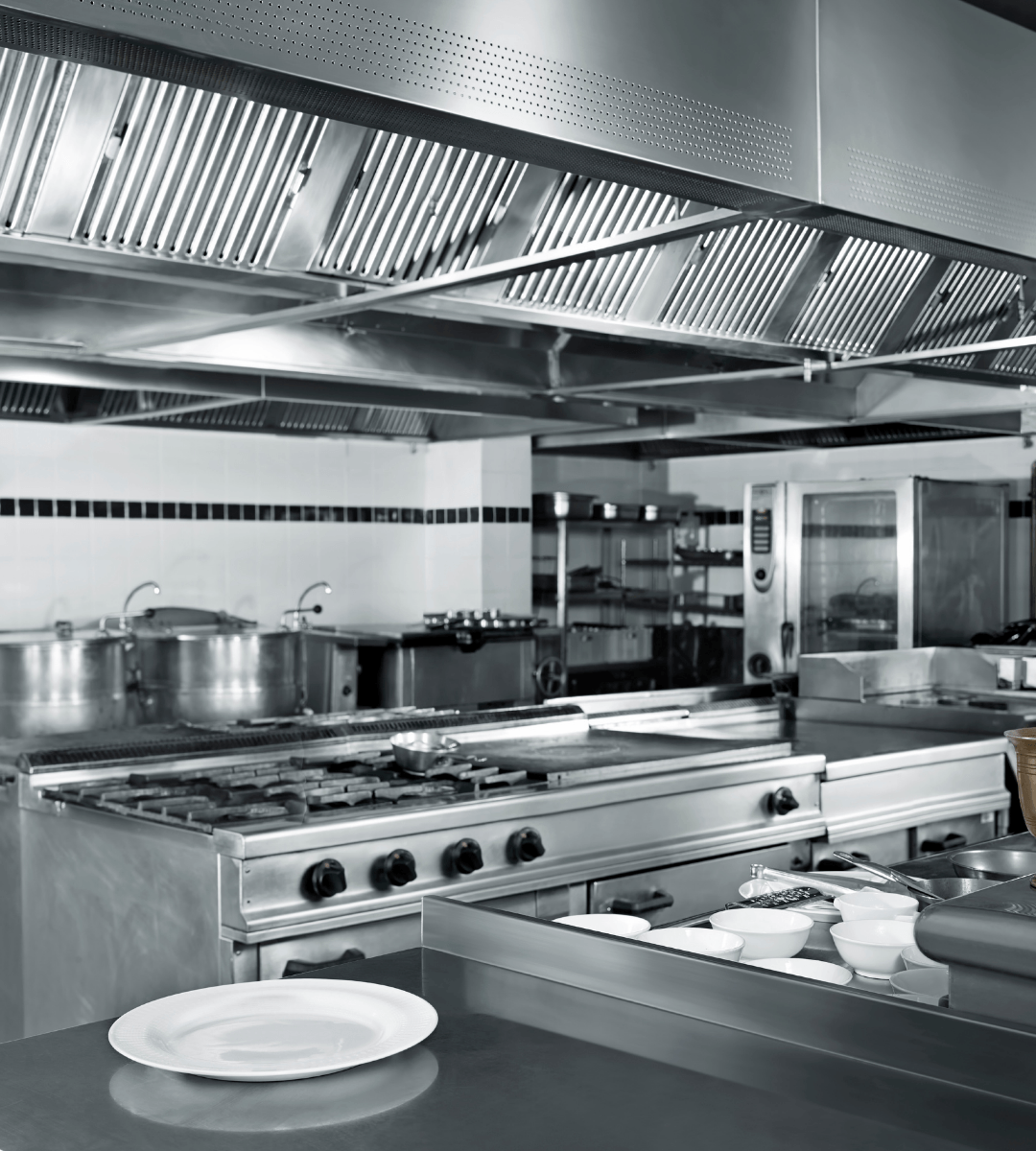
A deep restaurant cleaning involves getting every corner, cabinet, and appliance in the kitchen. The deep cleaning schedule should cover any items not included in the daily cleaning. You want to start from the top to the bottom, even catching the walls and ceilings for spatters of sauces. You also want to focus on cleaning range hoods, ovens, shelves, steam boxes, ice boxes, and the walk-in refrigerator. The deep cleaning should involve washing everything down and then sanitizing all surfaces. Even if you decide to perform the regular cleanings yourself, you may want to hire a commercial cleaning company to complete the deep cleaning service.
How Do You Clean a Restaurant Floor?
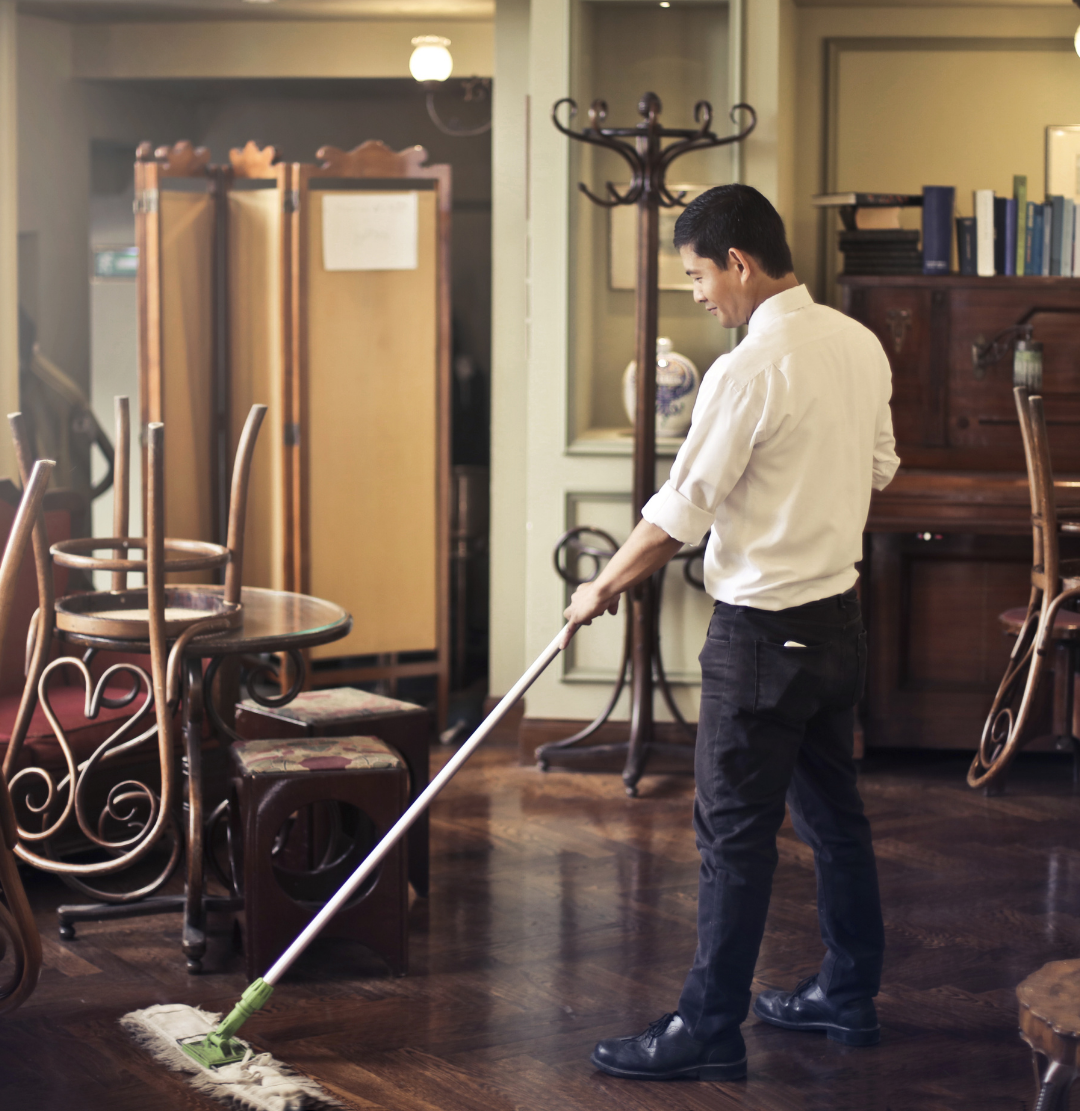
Cleaning the restaurant floor will depend on the type of flooring and the type of mess on it. If there's carpeting in the front of the house, vacuuming the floor daily and doing carpet shampooing once a week will remove ground-in dirt. If cleaning wood flooring or tile, select a cleaner made for those surfaces. First, sweep the floor with a broom, then mop the floor. You may need a stronger cleaner to tackle dried-on messes and grease on the floor for the back of the house. After cleaning, you may add an anti-slip resistance treatment or a degreaser treatment to the floor to prevent the buildup of grease deposits.
Can You Use Bleach in a Commercial Kitchen?
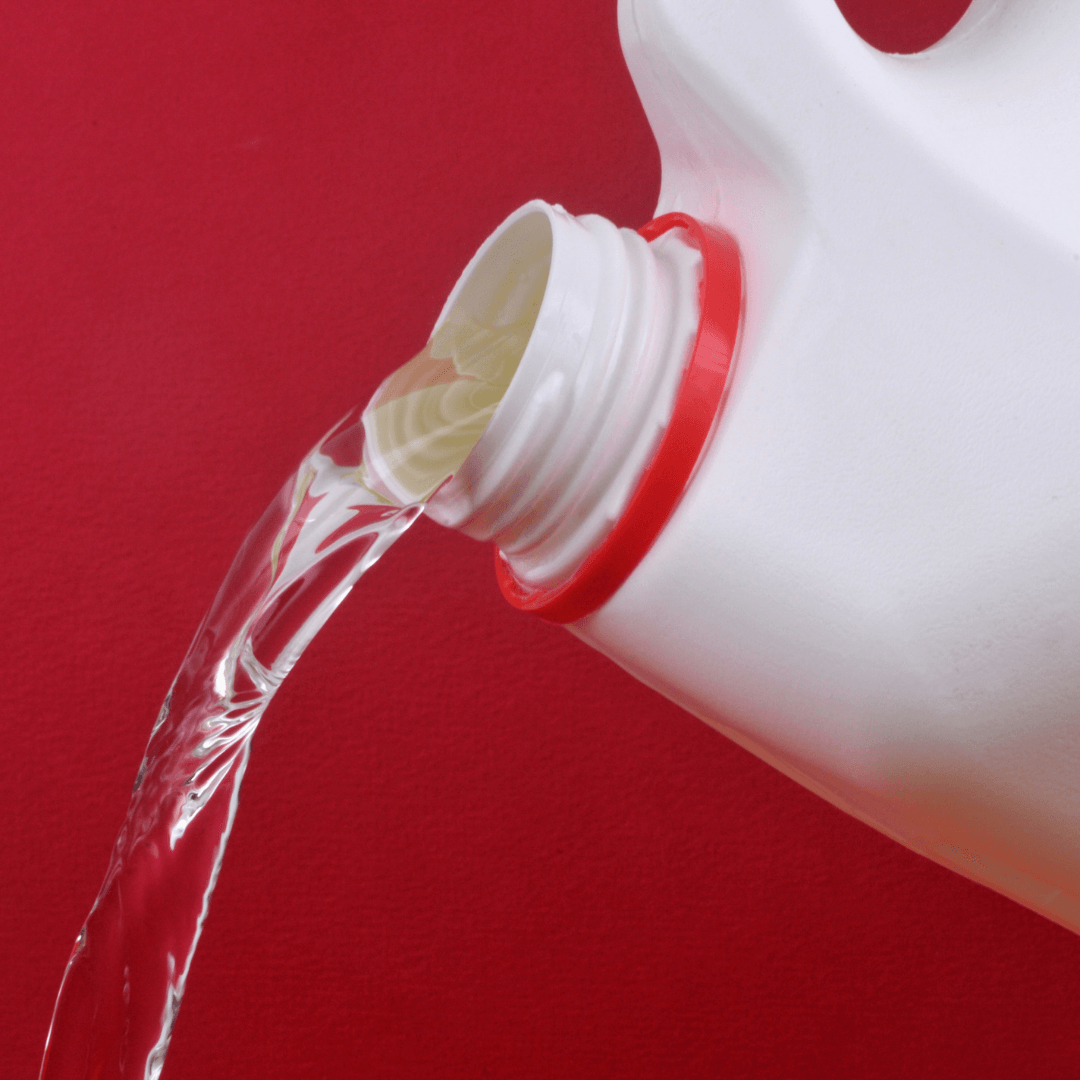
The use of commercial-grade bleach is effective for cleaning and sanitizing the various areas of a kitchen. However, be aware bleach needs to be diluted to a ratio of 1 tablespoon of bleach to every 1 gallon of water. If sanitizing with a higher bleach concentration, wash down surfaces and equipment with clean water after sanitizing. Also, you need to be careful as bleach can harm certain flooring and surface materials that are porous. So testing a small area with the bleach solution or contacting the manufacturer regarding the proper type of cleaning solution to use is advisable.
Do You Need Restaurant Cleaning Services?
Proper cleaning of your restaurant is a vital task to ensure the safety of workers and guests.. All areas of the restaurant should undergo daily cleaning. If you have a restaurant in Miami-Dade or Broward Counties and need help keeping it clean, please give us a call. We're here to make it give your restaurant the good cleaning your staff and guests deserve and need.
Share this page:



